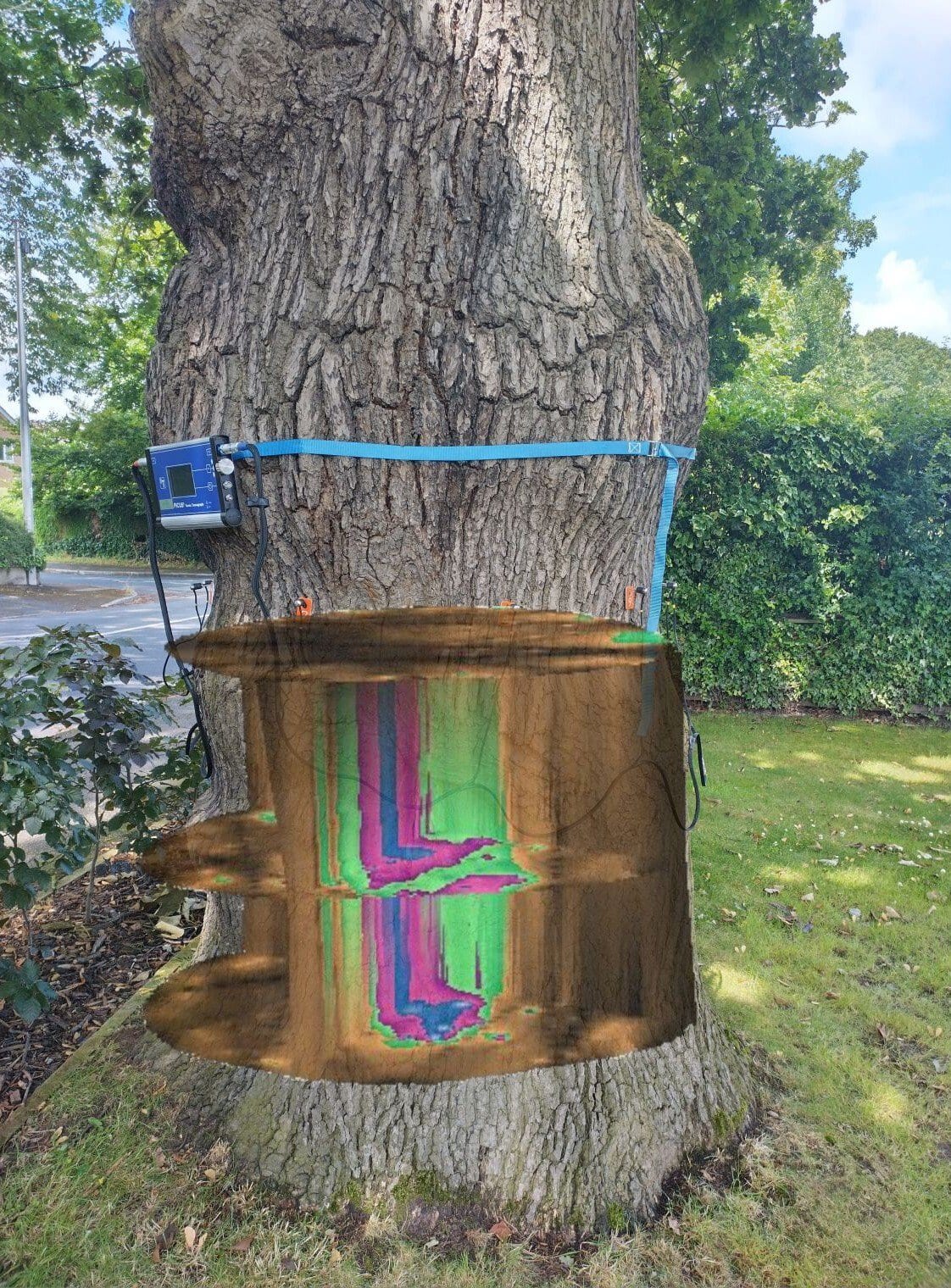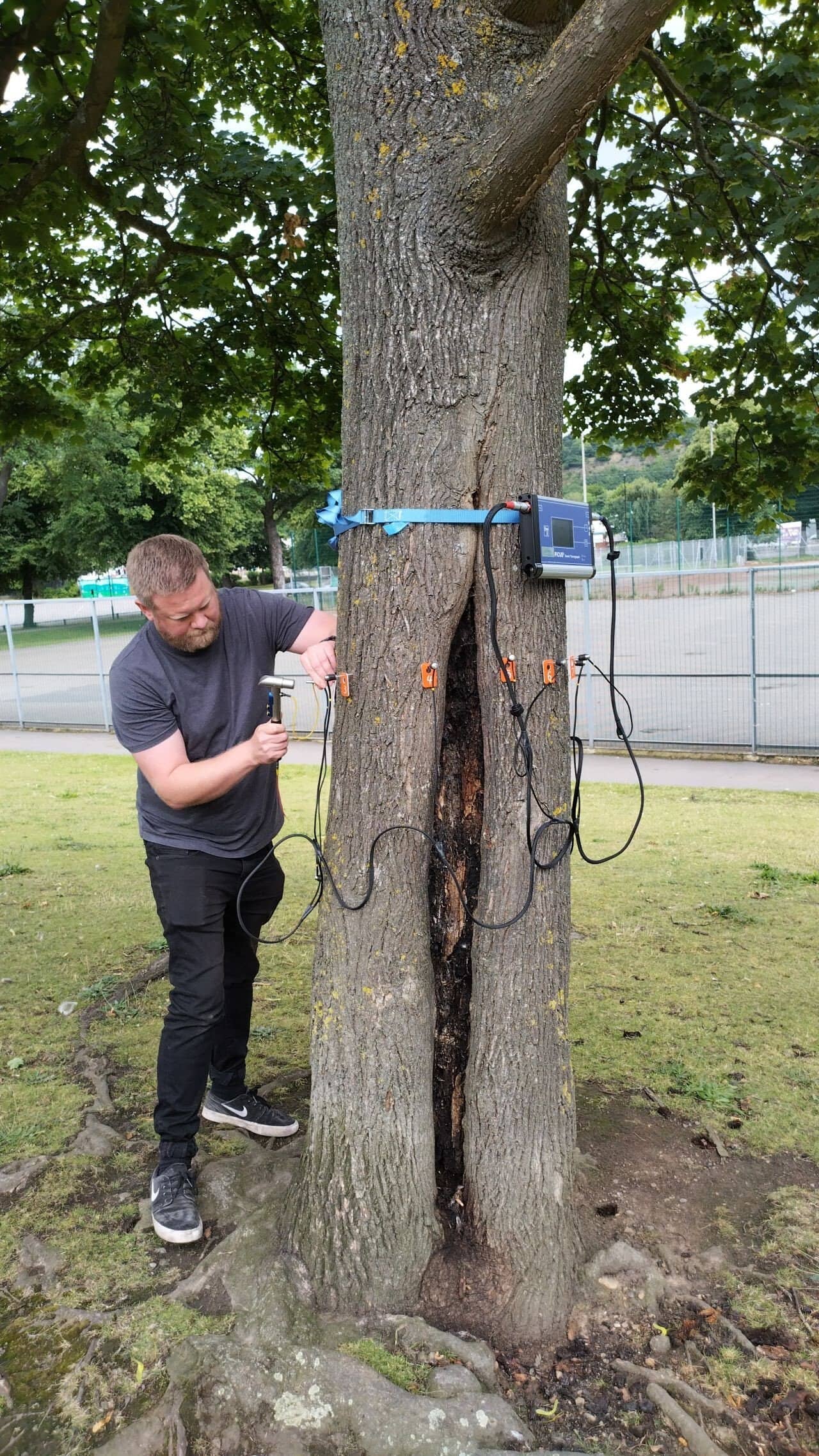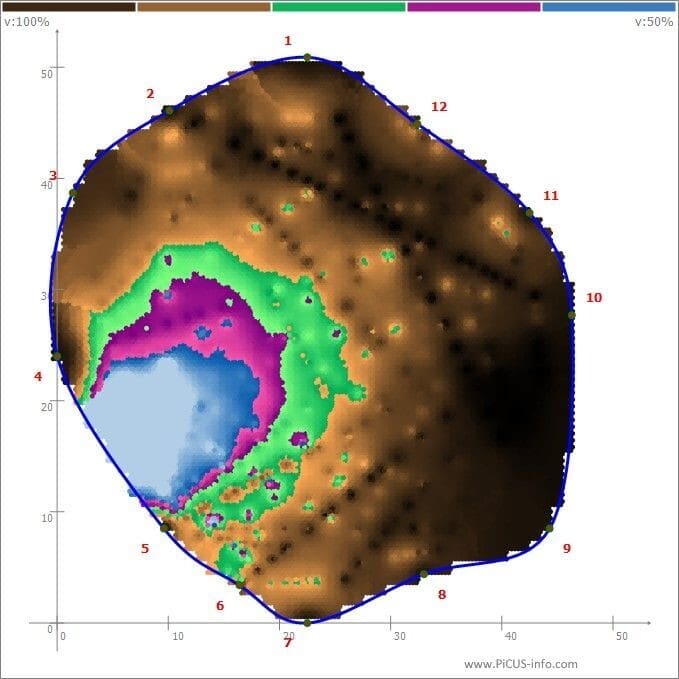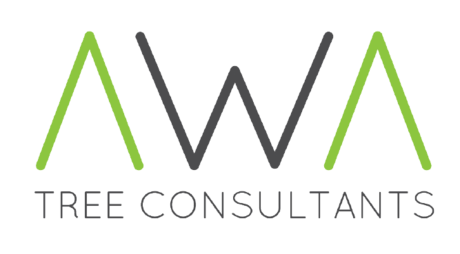Specialist Tree Decay Detection
Whilst visual inspections can reveal a lot about a tree’s condition, sometimes issues aren’t visible externally. This is where AWA’s advanced tree decay detection service proves invaluable. Using cutting-edge technology, we assess suspected problems with high accuracy, allowing for informed tree management decisions.
At AWA Trees, we use the latest tools like the PiCUS 3 sonic tomography and, if necessary, the Resistograph micro-drill. Our team is fully trained and experienced in using and interpreting these technologies.
How Does Our Tree Decay Detection Service Work
Unfortunately, internal decay or defects in trees are often invisible. To make informed management decisions, we use advanced equipment to examine the tree’s internal structure, much like an X-ray or MRI in medical diagnostics.
During tree risk surveys, if visual inspections suggest internal issues, we may use a sounding mallet or probe for initial decay assessment. However, for more detailed evidence, we rely on advanced tree decay detection tools.


PiCUS 3 Sonic Tomography
The PiCUS sonic tomograph uses sound waves to evaluate the tree's condition. By measuring how quickly sound travels through the wood, it identifies defects. In basic terms, sound is fastest in good quality wood and slowest in decayed wood. Healthy wood is shown in dark brown, while damaged areas are highlighted in other colours, with blue representing severe decay. This method assesses wood strength, wall thickness, and the spread of fungal damage.
How It Works
We place sensors around the tree trunk (usually 24 but up to 99 if needed) and gently tap them with a specialised hammer. The data is processed into a tomogram, which provides a visual map of the tree’s internal condition. The PiCUS-Expert-Software generates 3D colour graphics, allowing a clear visualisation of any damage.
Free PiCUS Testing at AWA Trees
We include the PiCUS test as part of our detailed tree inspections at no extra cost if we believe it's necessary.
Micro-Drill Resistograph
The Resistograph complements the PiCUS by measuring wood quality through resistance encountered by a thin drill. Strong wood provides high resistance, while decayed wood shows low resistance. This tool is used carefully, as even a tiny drill hole can introduce decay.
In some cases, using both the PiCUS and Resistograph offers a solid evidence base for making management decisions.
Why Is It Important To Measure Tree Decay?
Even healthy-looking trees can have hidden decay, which weakens the tree and increases the risk of collapse. Accurately measuring decay is essential for managing tree risks, especially in urban areas where trees may threaten public safety and infrastructure. Tree decay detection testing helps us provide better tree management recommendations to our clients.
The many benefits include:
- Informs the risk management of individual trees
- Providing evidence to support TPO applications
- Detailed management of aged or veteran trees
- Highlights a baseline for the monitoring of progressive decay
- Evidence on the structural integrity of trees
- The extent of any decay in the trunk or branches
- More certainty about the internal structures of trees
- Local authority tests for tree work applications
- Decay detection testing for insurance purposes
- Testing to ensure you meet your duties of care
- Can help preserve trees with evidence, to avoid felling

Why Choose AWA Trees?
Tree Decay Detection At AWA Trees
Traditional methods, like tapping trees for a hollowness, can often lead to inaccurate results. This is where our advanced risk assessment methods are required. At AWA, our PiCUS 3 Tomograph tool provides a safer, more accurate assessment.
Get in touch with our team of professionals on 0114 2721124 to find out more about our specialist service.
FAQS
Fungi - Enter trees through wounds in the bark.
Other pathogens - Viruses and bacteria can cause tree decay.
Improper pruning - This can create wounds, allowing pathogens to enter the tree.
Planting - Planting a tree in a poorly-drained area can lead to decay.

